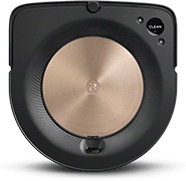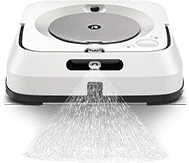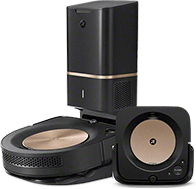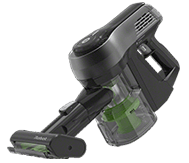Why It Matters That You Use A HEPA Filter
Since the pandemic, HEPA filters have been all over the news. As per the CDC’s recommendation, hospitals, malls, and schools around the country are using HEPA filters to lower transmission rates in indoor places. But what is it about a HEPA filter that makes them so special?
Why were HEPA filters created?
HEPA filters were developed in the early 1940s and used first by the Manhattan Project to contain the spread of airborne radioactive contaminants. Today’s HEPA filters are made of either plastic or fiberglass and can be found in HVAC systems and air purifiers.
What does HEPA stand for?
“HEPA” stands for “high-efficiency particulate air” (filter). To be labeled a True HEPA filter, it must be able to trap 99.95 percent of particles that are 0.3 microns.
What about particles that are bigger or smaller than .3 microns?
Although the standard for HEPA filters is that they need to be able to filter out 99.95% or more of all particles which are 0.3 microns in diameter, they are actually capable of filtering out particles of almost any size. A HEPA filter can trap dust, smoke, pet allergens, PM2.5 (dangerous particles that are 2.5 microns or smaller).
How are HEPA filters able to handle so many different sizes of particles?
HEPA filters trap particles in different ways depending on their size.
Particles larger than 1 microns: As air flows through the filter, the larger particles are heavy enough that the airflow from the filter propels them forward into the fibers of the filter where they get stuck.
Particles that are .3 to 1 micron: Particles this size can fit between the gaps in the filter. But, they are too heavy and slow to follow the airflow around the HEPA filter and end up getting stuck in the fibers.
Particles smaller than .3 microns: While HEPA filters only need to filter particles of .3 microns, the truth is that they are also very effective at filtering out smaller ones. Because of a phenomenon known as Brownian Motion, tiny particles bounce wildly off of other larger particles in the air in random patterns that send them careening off into different directions. It’s these zigzag patterns that cause them to hit the fibers of the HEPA filter and get stuck.
What does this mean for keeping indoor air clean?
Here is a list of common indoor pollutants and their size:
- Dust Mite Debris: 0.5 to 50 microns
- Household Dust: .05 to 100 microns
- Human Hair: 70 to 100 microns
- Spores from plants: 6 to 100 microns
- Smoke: .01 to 1 microns
As you can see, these are all in the range of what HEPA filters can trap.
Are all HEPA filters the same?
Because of the demand for high quality air purifiers, many companies are using the word “HEPA” in the description of their filters. However, to be certified as a HEPA, the filter must meet the United States Department of Energy’s standard of removing 99.95% or more of all particles which are 0.3 microns in diameter.
All of our purifiers use certified HEPA filters, so you always know that you are getting the safest and most effective air filtration.
Check out our product line to find the purifier that’s right for your home.
This post was originally published on June 10, 2020, and was last edited on October 7, 2022.




